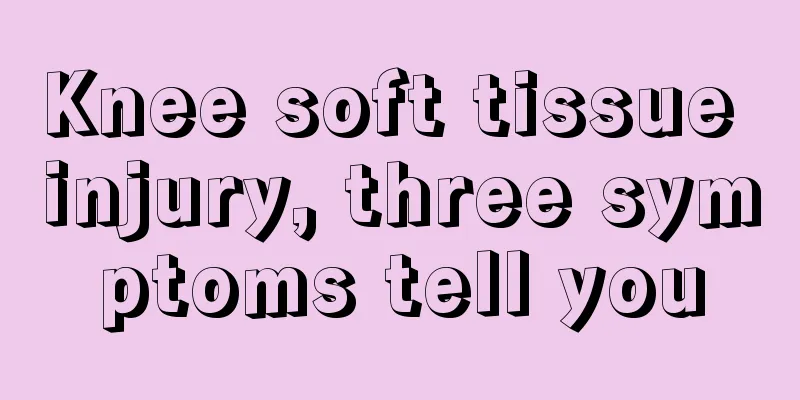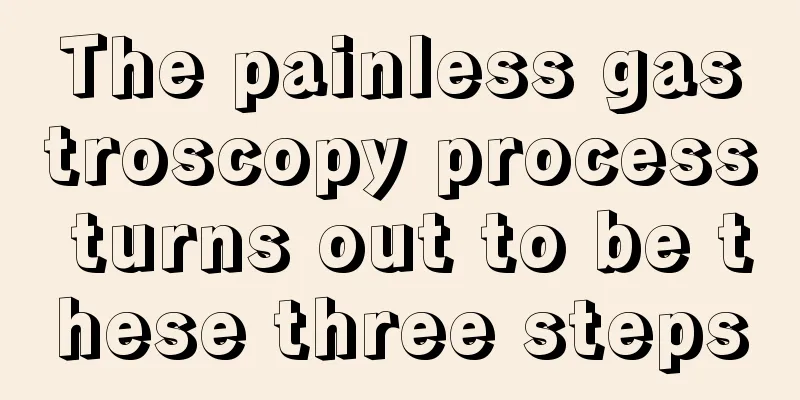Knee soft tissue injury, three symptoms tell you

|
Knee cartilage injuries are generally inseparable from the patella. There is a groove at the front and lower end of the femur that is suitable for placing the patella. The cartilage on the surface of this joint can withstand pressure until they have problems. Cartilage, especially the meniscus, is the part of the human body most vulnerable to injury during exercise. So, what are the symptoms of injury? 1. First of all, the structure: the thigh bone or femur and the tibia and fibula of the calf, as well as the kneecap, also known as the patella, form the knee joint. Between the femur and tibia are two large cartilage disks called the medial and lateral menisci. There is a groove at the front and lower end of the femur that is suitable for placing the patella, which can fully accommodate the patella to move up and down in the groove. The cartilage on the surface of these joints can absorb shock and withstand pressure until they malfunction. Cartilage, especially the meniscus, is the most vulnerable part of the human body during exercise. 2. Symptoms of soft tissue injury of the knee: Soreness and discomfort at the tip of the knee are felt initially, followed by persistent dull pain. The pattern is that the pain increases when you start to move, and decreases as the activity starts. In daily life and work (such as going up and down stairs, squatting and standing up, walking with weight, kicking a ball hard, etc.), pain in the tip of the knee will occur whenever the quadriceps muscle contracts. Patients with more serious conditions also experience pain at the tip of the knee when walking normally. The patient feels weak in the knees and gets easily fatigued when walking, which makes him unable to carry weights with his shoulders or hands, let alone walk with heavy objects on his back. There is obvious tenderness at the tip of the patella. 3. When touched, you can feel swelling, bluntness and thickening at the attachment of the patellar tendon. Some patients can feel the tip of the hypertrophic bone spur. When doing the knee extension resistance test and half squat test, pain occurs at the tip of the knee. Whether it is chronic or acute popliteal muscle injury, the main symptom is pain in the popliteal fossa when squatting or standing up, or when going up stairs or climbing hills. The nature of the pain can be intermittent or continuous. Most chronic injuries experience dull pain, while acute injuries experience severe or relatively severe tearing or pulling pain. |
<<: Can people with hyperthyroidism eat purple sweet potatoes?
>>: Seven common methods to remove acne for boys
Recommend
Experts introduce radiotherapy nursing measures for cervical cancer patients
There are more and more cervical cancer patients ...
What are the symptoms of ophthalmic nerve palsy
The cause of optic nerve paralysis is often traum...
How long after drinking can I take a shower?
Drinking is a hobby of many people, no matter mal...
Difference between skin cancer and acne
Everyone knows that skin diseases are serious. Th...
To treat liver cancer, we must first distinguish whether it is in the early or late stages
The treatment of liver cancer varies according to...
What are the common symptoms of lung cancer? These symptoms may be lung cancer
Affected by the environment, the number of people...
What factors are mainly related to the continuous emergence of kidney cancer?
The kidney is the most important part of the huma...
What should I do if I always get carsick
Today's society is becoming more and more dev...
Can wearing underwear generally make your breasts bigger?
Nowadays, many people will still get plastic surg...
Why is there blood in saliva? Cancer
Some friends found blood in their saliva. There a...
Bird flu symptoms, timely rescue
Avian influenza is a disease that makes people sh...
What usually happens when the chin is crooked
Many people are very vulnerable to injury in thei...
What is the reason for naturally rough hands
Under normal circumstances, most people's han...
Squeeze out fat particles from forehead acne
Acne on the forehead is mostly caused by endocrin...
Diet therapy drives away insomnia in patients with bladder cancer after surgery
Bladder cancer generally requires surgical remova...









